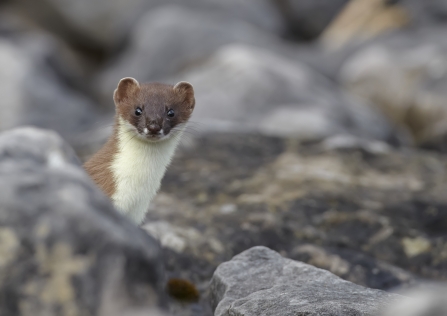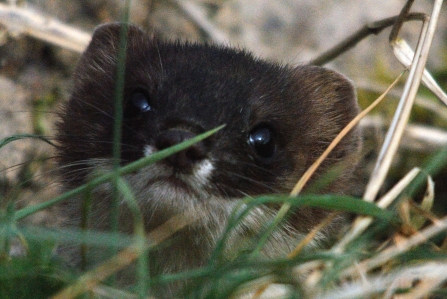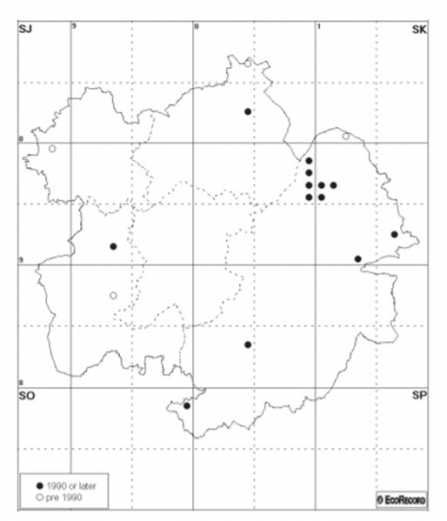
Credit: Richard Steel/2020BISION
Stoats are larger than weasels but smaller than polecats, measuring 15-30cms tip to tail. They have reddish-brown fur with cream underneath, but the further north they are spotted an increasing proportion become white in the winter - whilst still retaining their distinctive black tipped tail.
Stoats are active day and night as they need to eat 25% of their body weight in food daily. During the breeding season a lactating female requires 100% of her body weight in food each day. This means starvation is the biggest cause of death. Stoats are largely carnivorous, mostly killing rabbits, rodents and birds.They can kill prey much larger than themselves by attacking and biting the back of the neck.
Stoats are terrestrial predators but they can swim (occasionally taking fish) and climb, and they pursue prey in their tunnels. This strategy enables them to survive under ground for several days when the land is covered in snow. Stoats are solitary and territorial and have a range of up to 2 0.2Km Ha, with between 2 and 10 dens. They are adaptable creatures which colonise a variety of habitats - hedgerows woodland, grassland, shrubby river banks, grassy meadows and stone walls. Stoats are particularly dependant on good populations of rabbits, the preferred prey, in contrast to smaller weasels which feed mainly on field voles.


